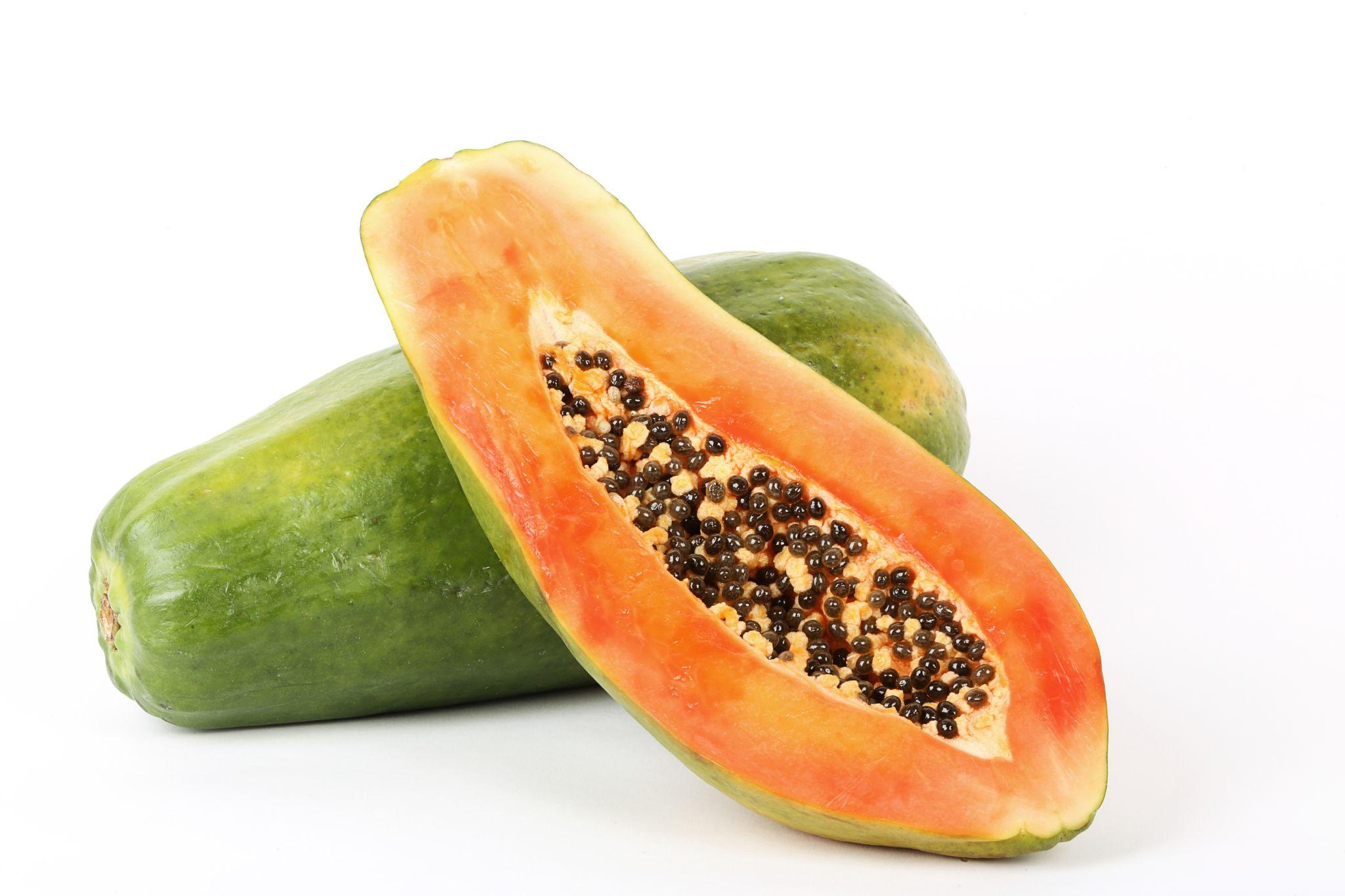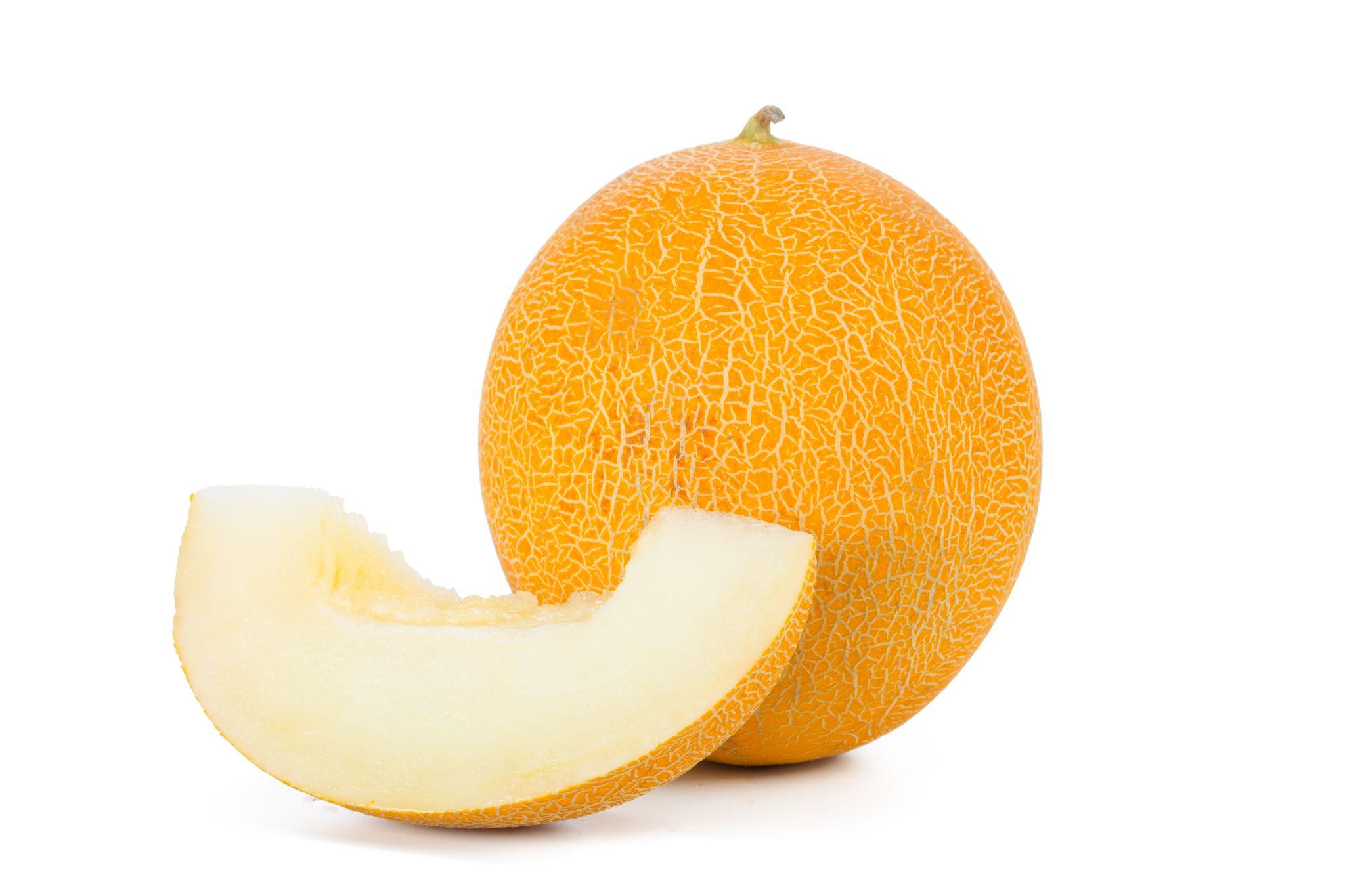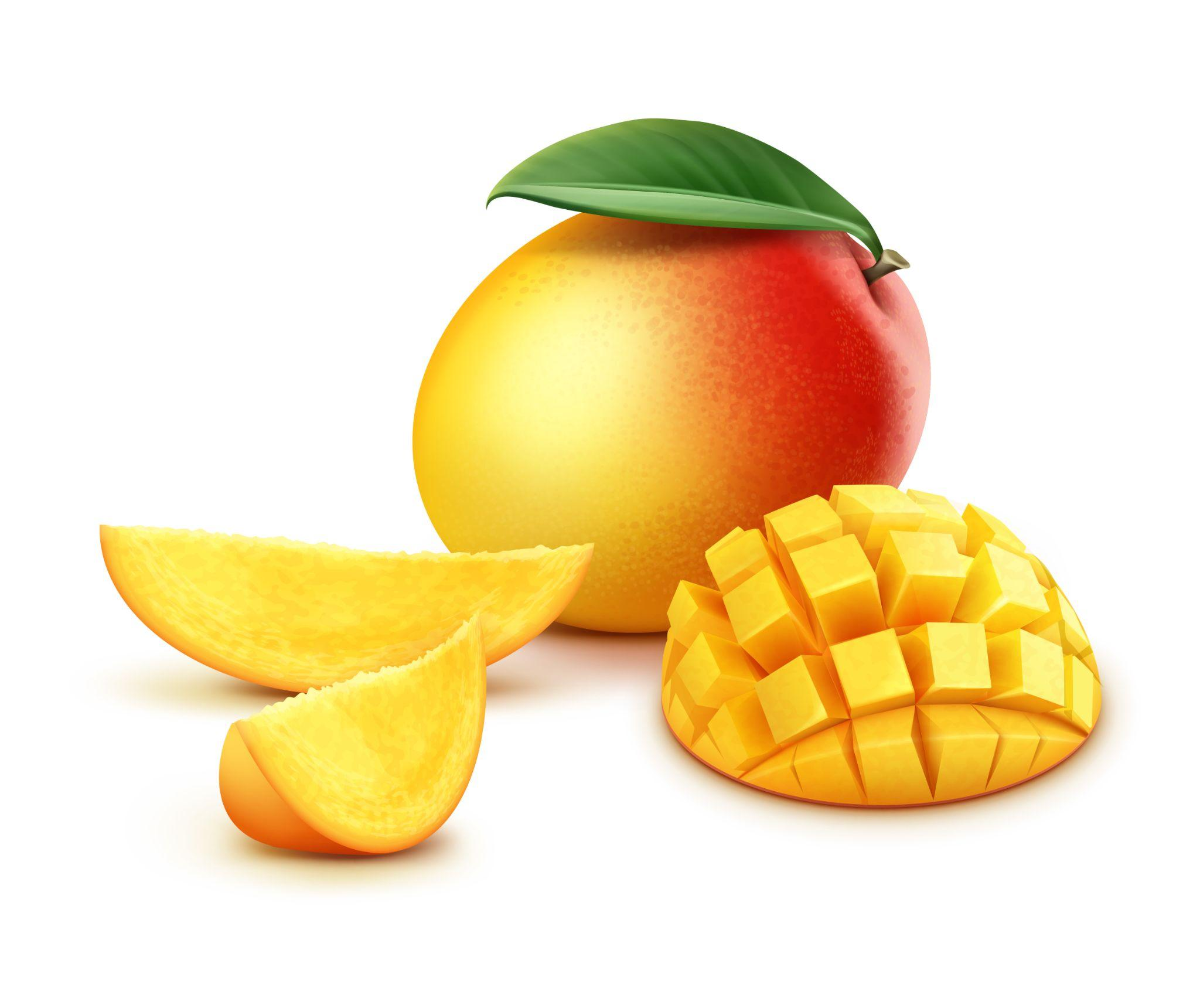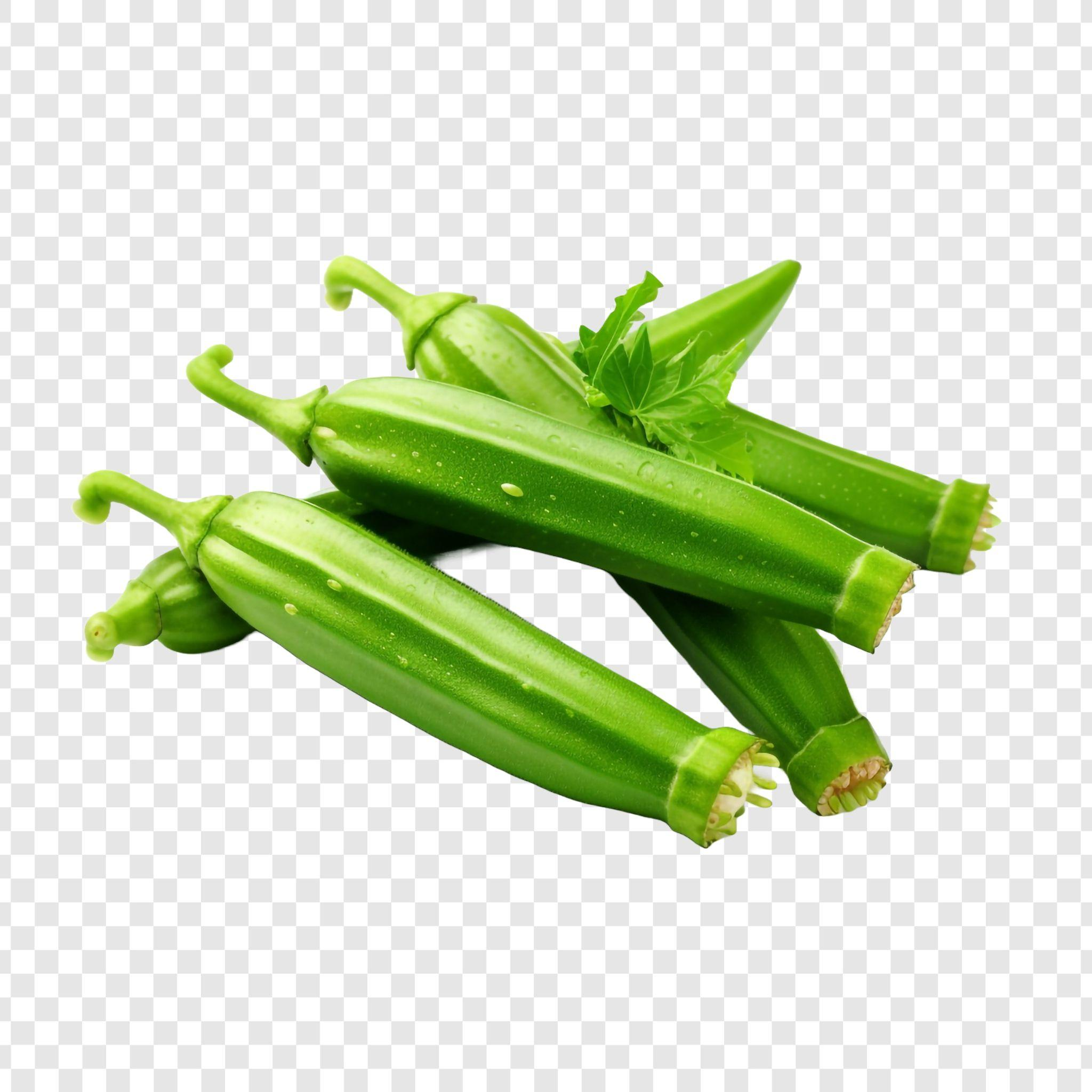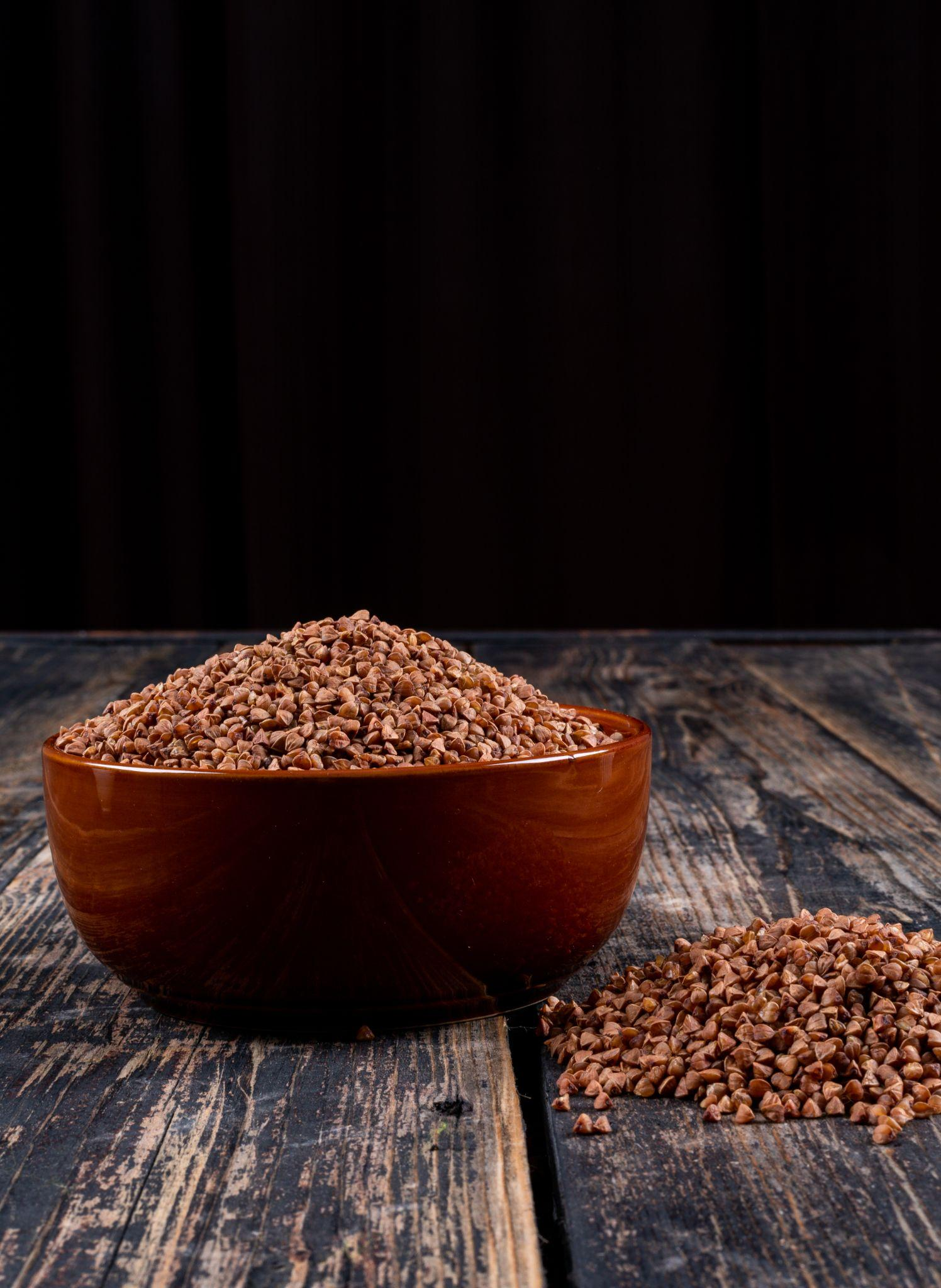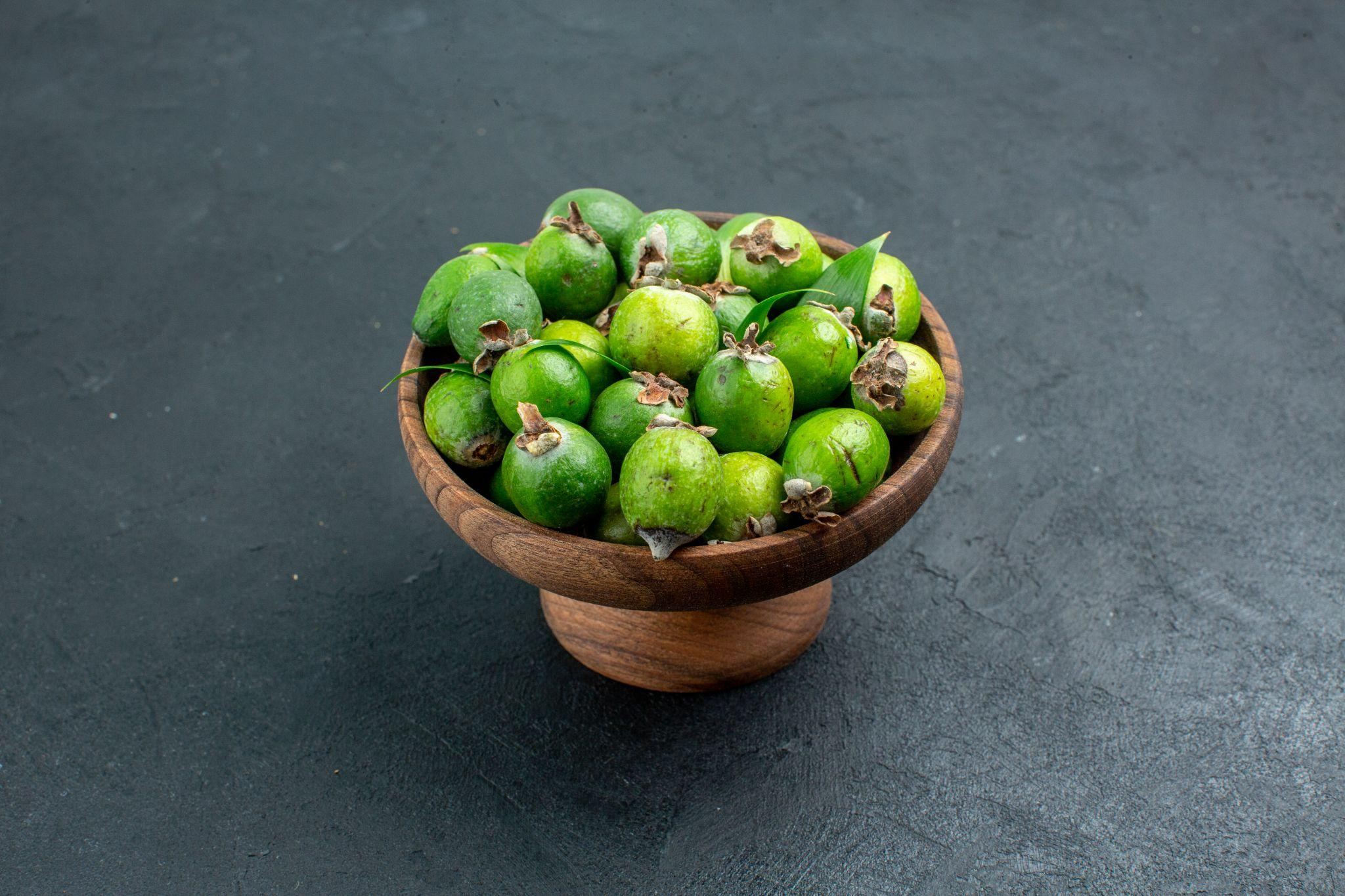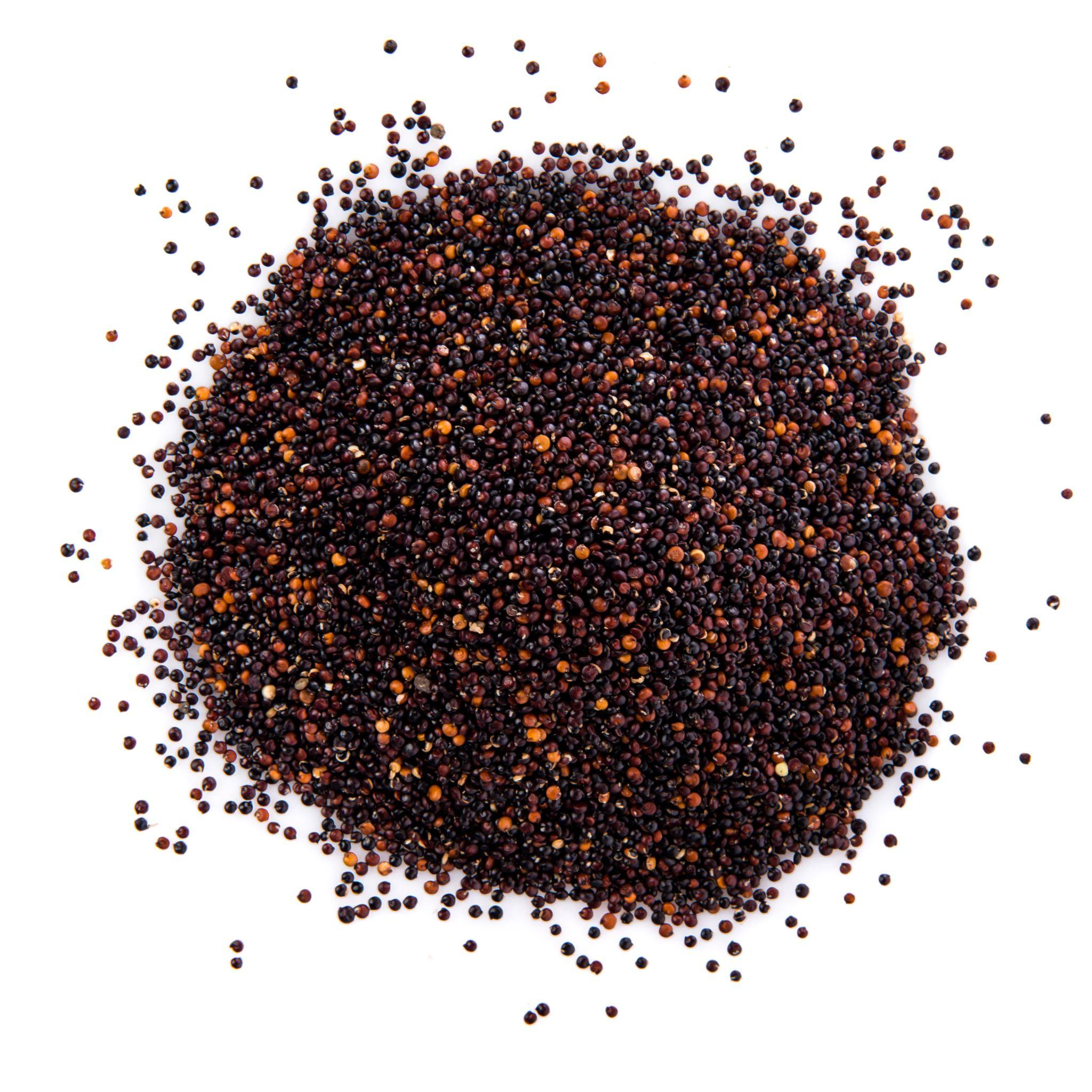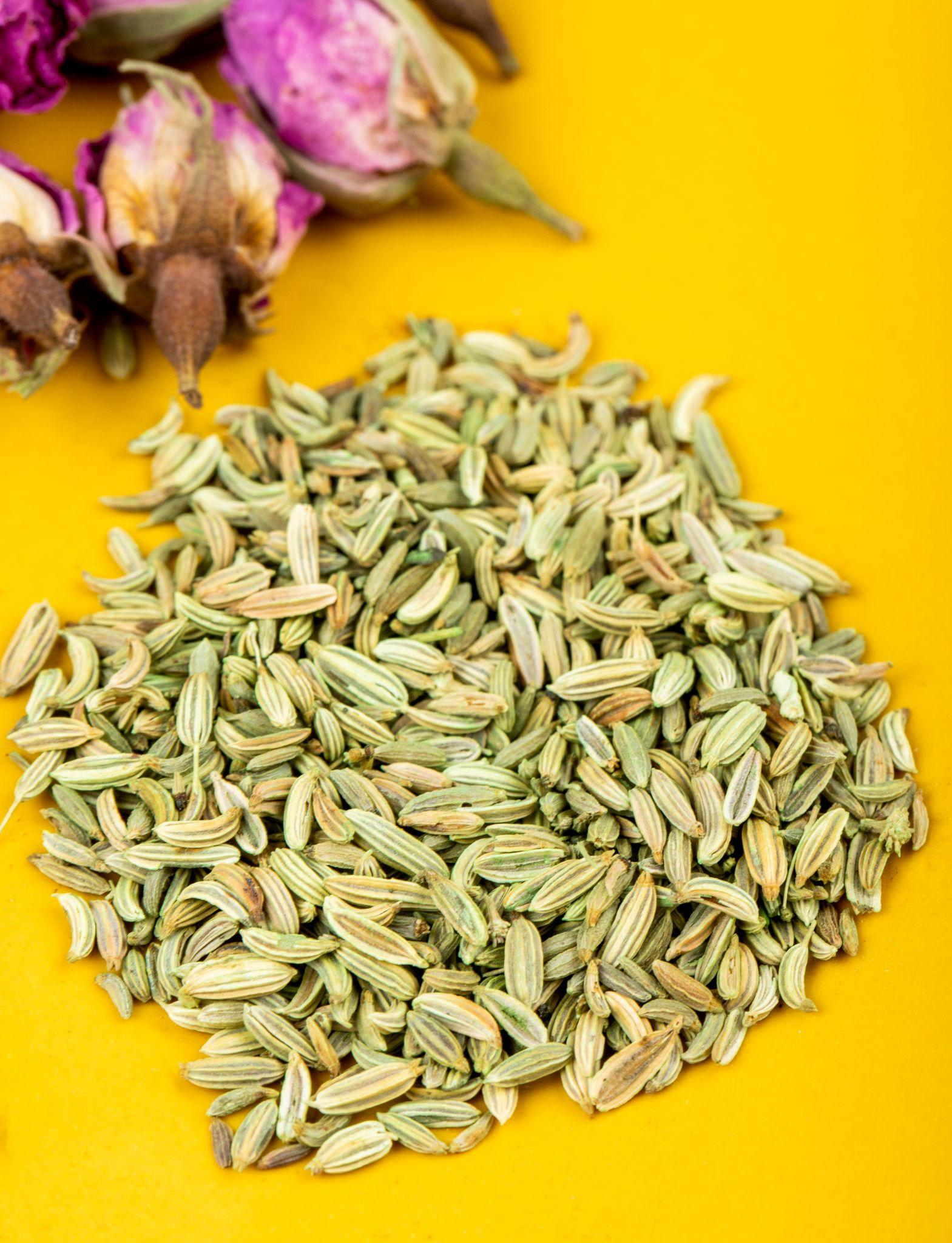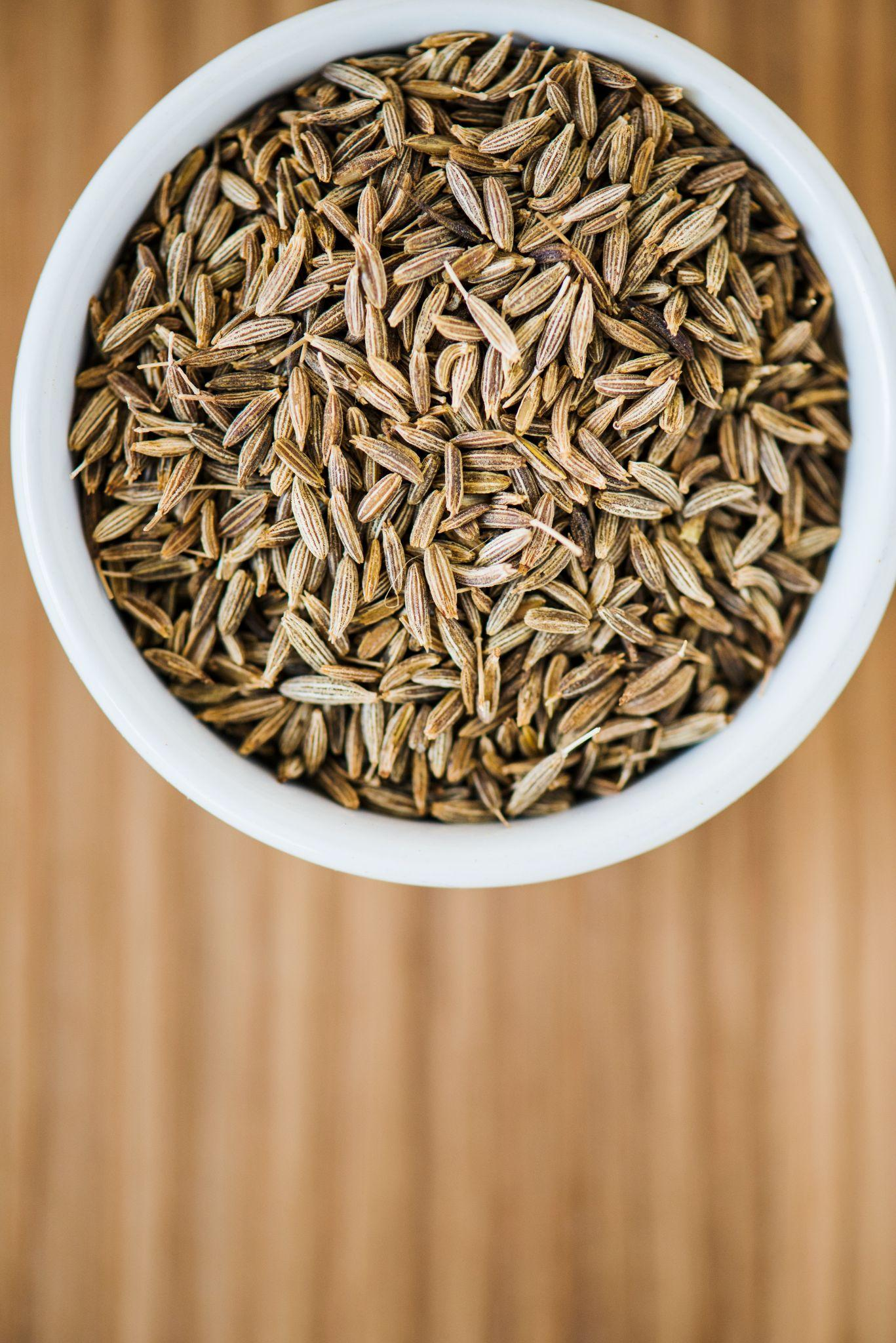NCERT Solutions for Class 5 EVS Seeds and Seeds Question Answers - Download FREE PDF
FAQs on NCERT Solutions for Class 5 Evs Chapter 5 Seeds and Seeds
1. What are some of the critical questions from Class 5 EVS Chapter 5?
The essential questions from Class 5 EVS Chapter 5 Question Answer that the students must learn are: Does a plant grow without a seed, Have you ever seen any seed that can fly, Explain how seeds travel to different places, what would happen if the seeds could not disperse, make a list of different process of dispersion of seeds, what would happen if a plant could walk, what are the favourable conditions required for seeds to germinate.
What is the temperature at which plants can germinate? Can seeds germinate without water? Apart from this, there are also several questions based on experiments that the students have to practise and learn to answer related questions effectively.
2. What types of questions are asked in Chapter 5 of Class 5 EVS?
Chapter 5 in Class 5 EVS NCERT includes exercises meant to increase students’ awareness about various concepts. These exercises include various types of questions like:
Discuss: These are questions based on your general observations.
Do This and Find Out: This involves an activity based on the planting of seeds and making observations of the process.
Tell and Write: Answering questions based on the chapter
3. How do I prepare Chapter 5 of Class 5 EVS?
Environmental Science or EVS in Class 5 aims to teach students about various environmental concepts to make them aware of different phenomena in our environment. Chapter 5 of Class 5 EVS NCERT is one such chapter that students can easily understand and prepare by thoroughly reading it. Make sure that you highlight important details or definitions and learn them well. For better preparation, you can also refer to NCERT Solutions for Chapter 5 "Seeds And Seeds" of Class 5 EVS FREE of cost on the Vedantu website and the Vedantu app.
4. What are important definitions in Chapter 5 of Class 5 EVS?
Chapter 5 “Seeds and Seeds” of Class 5 EVS NCERT talks about various concepts. All of these concepts that are a part of the syllabus of Class 5 EVS are essential during the preparation to score well in the exam. However, from the exam’s point of view, some important definitions that students should prepare well include:
Sprout: This is the term referring to the process of germinating.
Velcro: This is a fastener made up of two strips of fabric that stick together when pressed.
5. How do seeds germinate according to the class 5 EVS chapter seeds and seeds?
Seeds germinate through a process that begins with water absorption, swelling of the seed, and breaking of the seed coat. The radicle (root) emerges first, followed by the plumule (shoot), leading to the growth of a new plant.
6. Are all questions covered in NCERT Solutions for Chapter 5 of Class 5 EVS important?
NCERT Solutions for Chapter 5 "Seeds And Seeds" of Class 5 EVS covers all the questions that have been provided in the NCERT Chapter 5 of Class 5 EVS. These NCERT Solutions have been provided to help students easily prepare for their exams. It is important to prepare all the questions equally since the questions that will be asked in the exam cannot be predetermined.
7. What are the topics covered in Chapter 5 of Class 5 EVS?
Chapter 5 “Seeds and Seeds” of Class 5 EVS NCERT talks about the process of growing seeds and developing them into plants. This includes discussing processes like various types of seeds, their sprouting, and dispersion. Through this Chapter, students shall understand and evaluate the requirements of seeds for growing into plants and their sprouting time. The Chapter includes stories and activities on these topics to help students understand better and more creatively.
8. What are the different types of seeds mentioned in Seeds and Seeds Class 5 EVS PDF?
The chapter mentions various types of seeds, including monocot and dicot seeds, along with examples like wheat and beans, respectively. It also discusses seeds of fruits and vegetables commonly seen in daily life.
9. What are the necessary conditions for seed germination covered in class 5 EVS chapter seeds and seeds?
The necessary conditions for seed germination include the presence of water, suitable temperature, and oxygen. The class 5 EVS chapter 5 worksheet with answers PDF explains how these factors contribute to the activation and growth of the seed.
10. How does the class 5 EVS chapter seeds and seeds explain the dispersal of seeds?
The Seeds and Seeds Class 5 PDF explains seed dispersal through various methods such as wind, water, animals, and explosion. Examples and illustrations are provided to show how seeds travel from the parent plant to new locations.



















